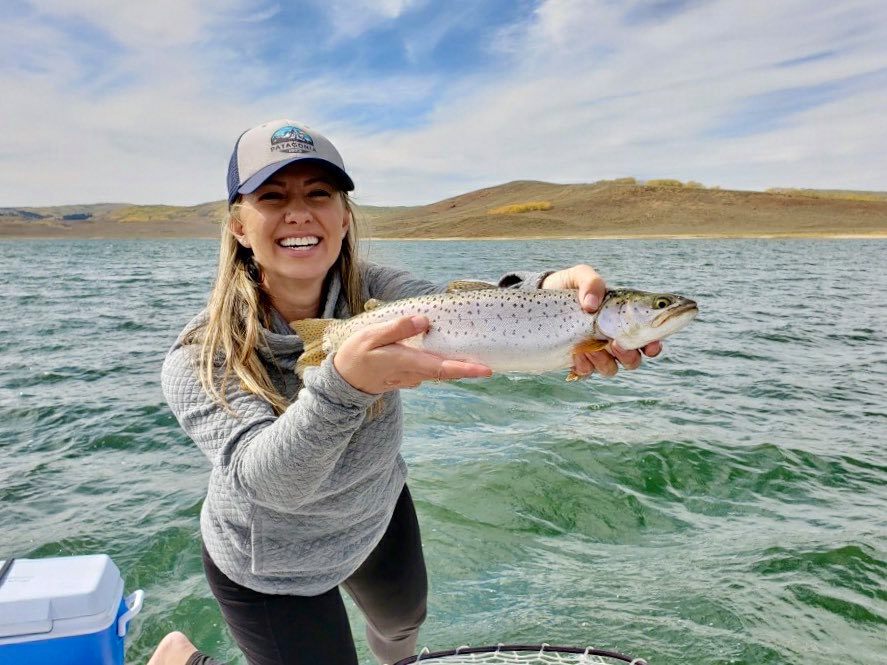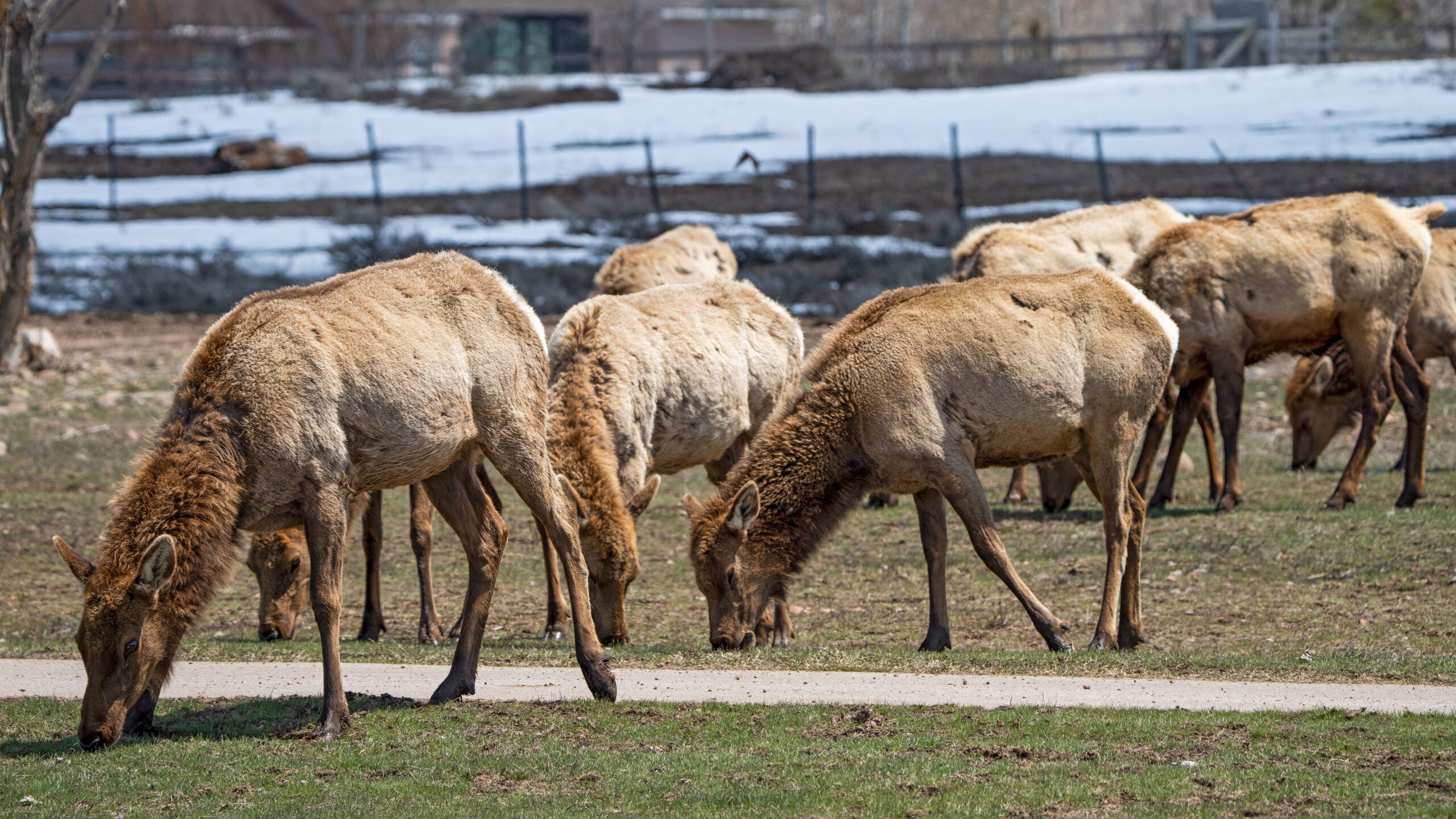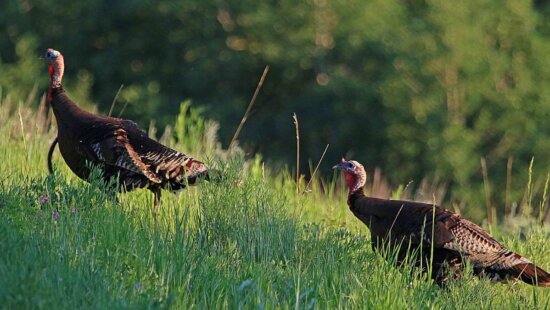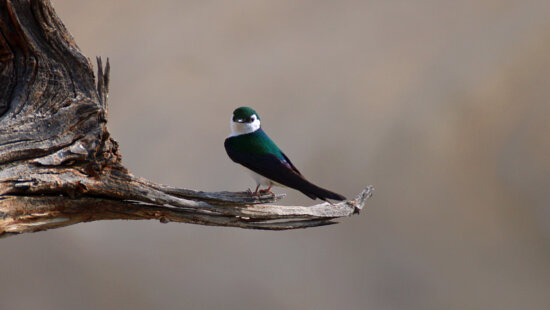Wildlife
DWR: How to minimize impacts on fish when fishing at a lake or reservoir during a drought

If individuals are fishing in a lake or reservoir and want to give the fish they catch and release a better chance of survival during the drought, they should consider fishing in the mornings or evenings when temperatures are cooler. Photo: Utah DWR.
SALT LAKE CITY — As the state continues to endure extreme drought conditions, there are several changes that fishermen can make in order to help the fish in Utah’s many lakes and reservoirs.
How drought impacts fish species
As water levels in Utah’s lakes, reservoirs and streams continue to drop, fish are inevitably impacted as that is their primary habitat.
“This smaller amount of water heats more quickly and warms to higher temperatures than when there isn’t a drought,” Utah Division of Wildlife Resources Sportfish Coordinator Randy Oplinger said. “Warmer water also holds less oxygen than colder water. The combination of high temperatures and low oxygen can stress fish, causing poor growth and disease. Fish can also die when temperatures are too warm or the oxygen levels get too low.”
Trout in low-elevation waterbodies have the greatest likelihood of being impacted by the drought this year, but low water levels and high water temperatures can affect all fish species.
How fishing could possibly be impacted this summer
If individuals enjoy fishing from a boat, they should try to visit their favorite lakes and reservoirs as soon and as often as possible. Similar to last year, water levels at some reservoirs and lakes could be low enough by July, that boat ramps may not be functional.
Similar to last season, the DWR is again strategically determining where fish will be stocked this year, in order to either reduce or eliminate fish from being stocked into waterbodies where biologists think that summer fish kills are possible due to low water levels. The fish that were scheduled to be stocked into drought-impacted lakes and reservoirs will be relocated and stocked into other waterbodies around the state that won’t have low water levels.
“We try, whenever possible, to continue to provide a good fishing experience for anglers, up until we think that water levels will be insufficient,” Oplinger said. “Then, we want to reduce the number of fish in that waterbody by decreasing the number of fish that are stocked there. We are hopeful that anglers will catch and harvest most, if not all, of these stocked fish by the time water levels become so low that fish survival is impacted.”
How to help fish during a hot, drought year
If individuals are fishing in a lake or reservoir and want to give the fish they catch and release a better chance of survival during the drought, they should consider fishing in the mornings or evenings when temperatures are cooler. Another way to help fish is to pick a fishing spot that has deeper, cooler water, so they can be released into an area where they are more likely to survive.
“Basically, try not to fish near little coves that have shallow, stagnant warm water,” Oplinger said. “Instead, pick a spot where you can release your fish into better quality water to increase their survival rates during this hot, drought year.”
Tips for handling fish to decrease stress
- Use single hooks on lures and bend down the barbs for easy release.
- Minimize the time you spend “fighting” the fish and any hands-on handling.
- Use rubber or coated nylon nets to protect a fish’s slime layer and fins.
- Quickly remove the hook with forceps or needle-nosed pliers.
- Minimize the amount of time the fish is exposed to the air, especially when the weather is warm. And keep your hands wet when handling the fish.
- If the fish is deeply hooked, don’t pull on the line. Instead, cut the line as close as possible to where it is hooked and leave the hook.
- Allow the fish to recover in the net before you release it.
- If the fish doesn’t stay upright when you release it, gently move it back and forth.



















